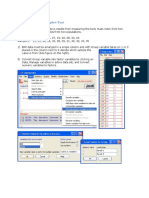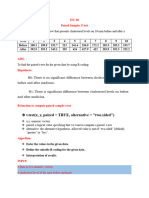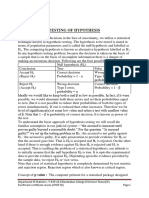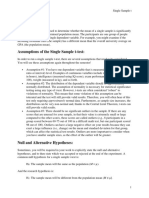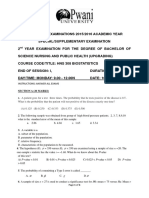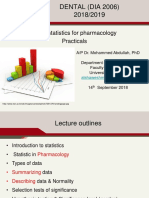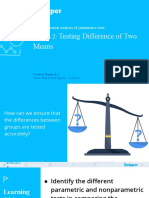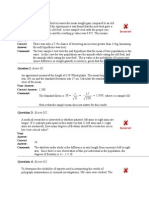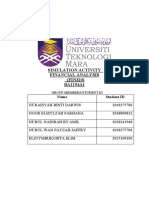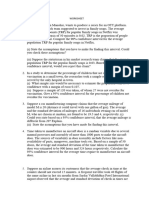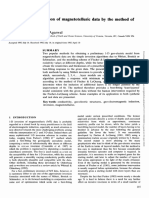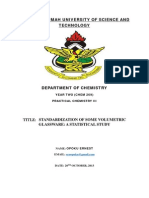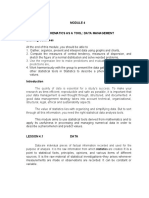0% found this document useful (0 votes)
44 views30 pagesUnit 3 - Unit 4 Problems and Solutions
Hhbbbbbbnb b
Uploaded by
agashagshagashagshCopyright
© © All Rights Reserved
We take content rights seriously. If you suspect this is your content, claim it here.
Available Formats
Download as PDF, TXT or read online on Scribd
0% found this document useful (0 votes)
44 views30 pagesUnit 3 - Unit 4 Problems and Solutions
Hhbbbbbbnb b
Uploaded by
agashagshagashagshCopyright
© © All Rights Reserved
We take content rights seriously. If you suspect this is your content, claim it here.
Available Formats
Download as PDF, TXT or read online on Scribd
/ 30



